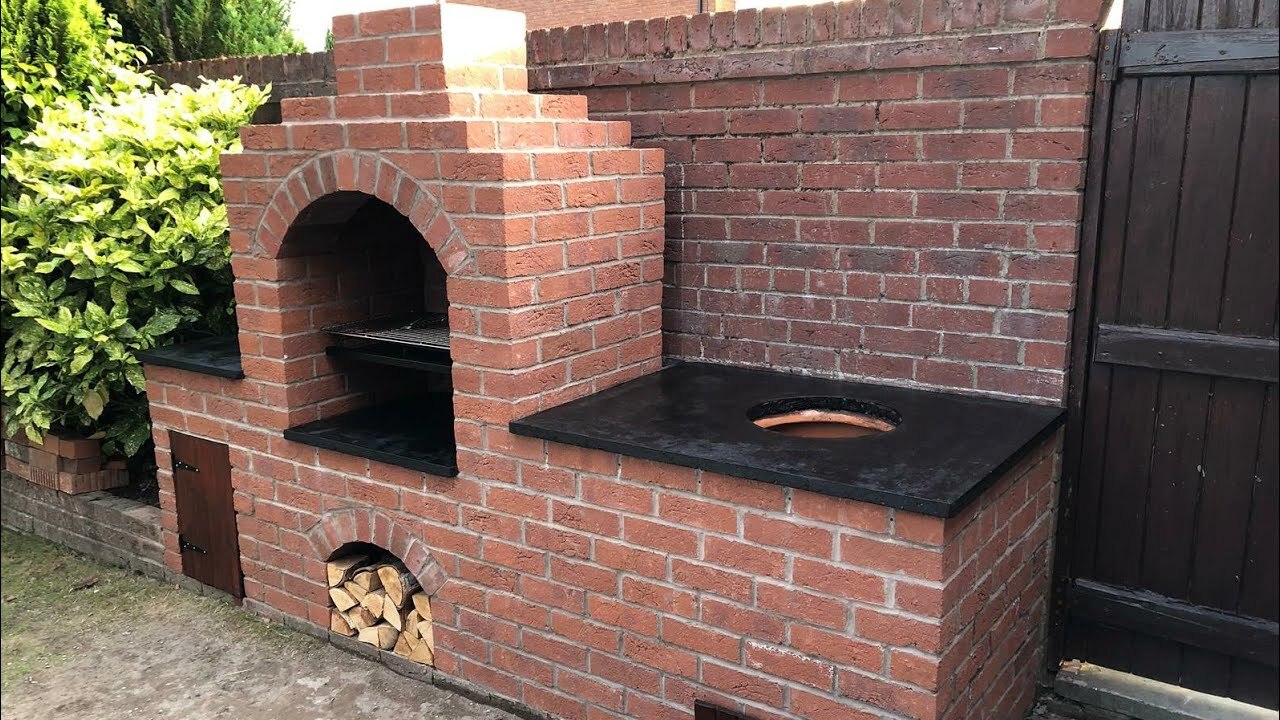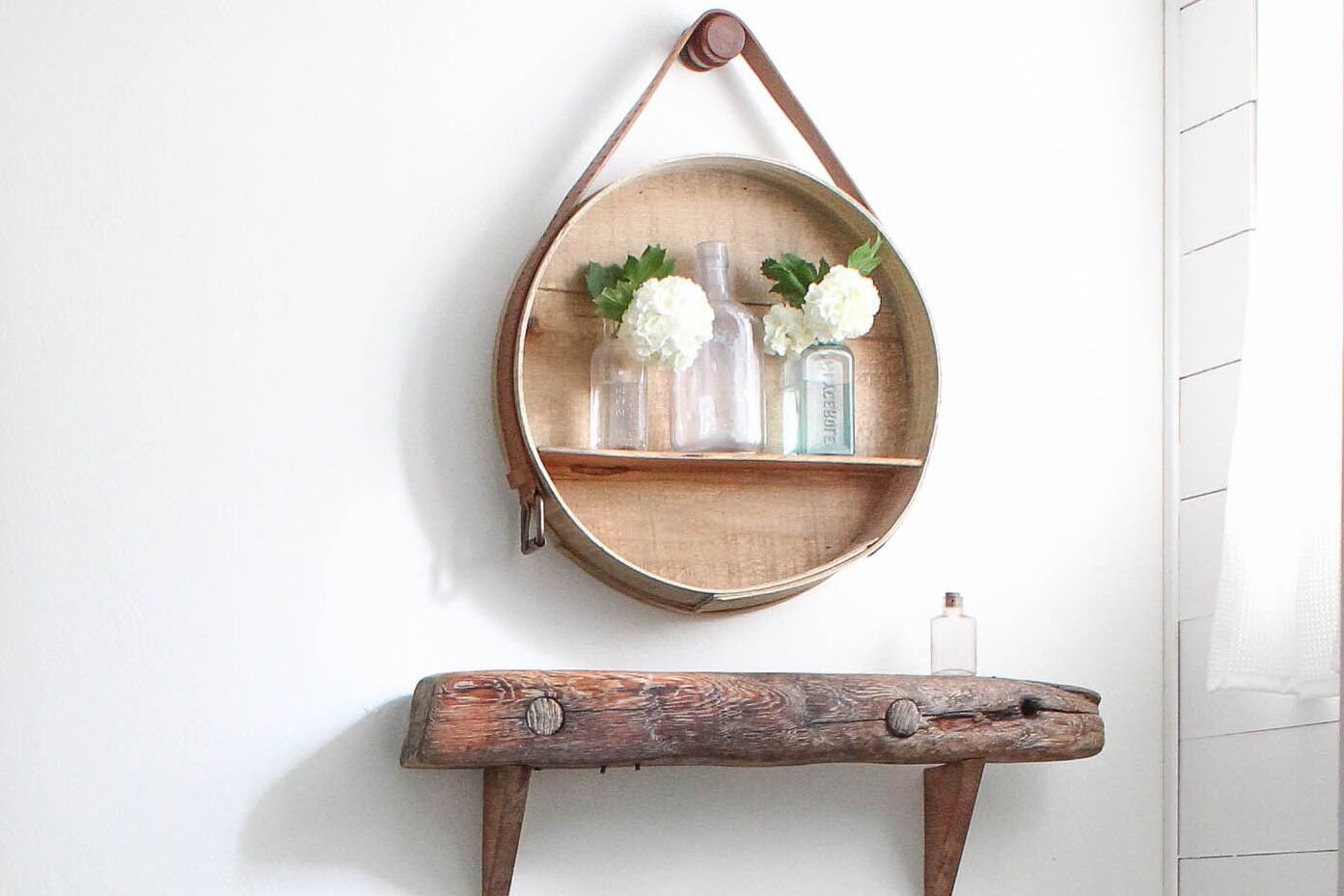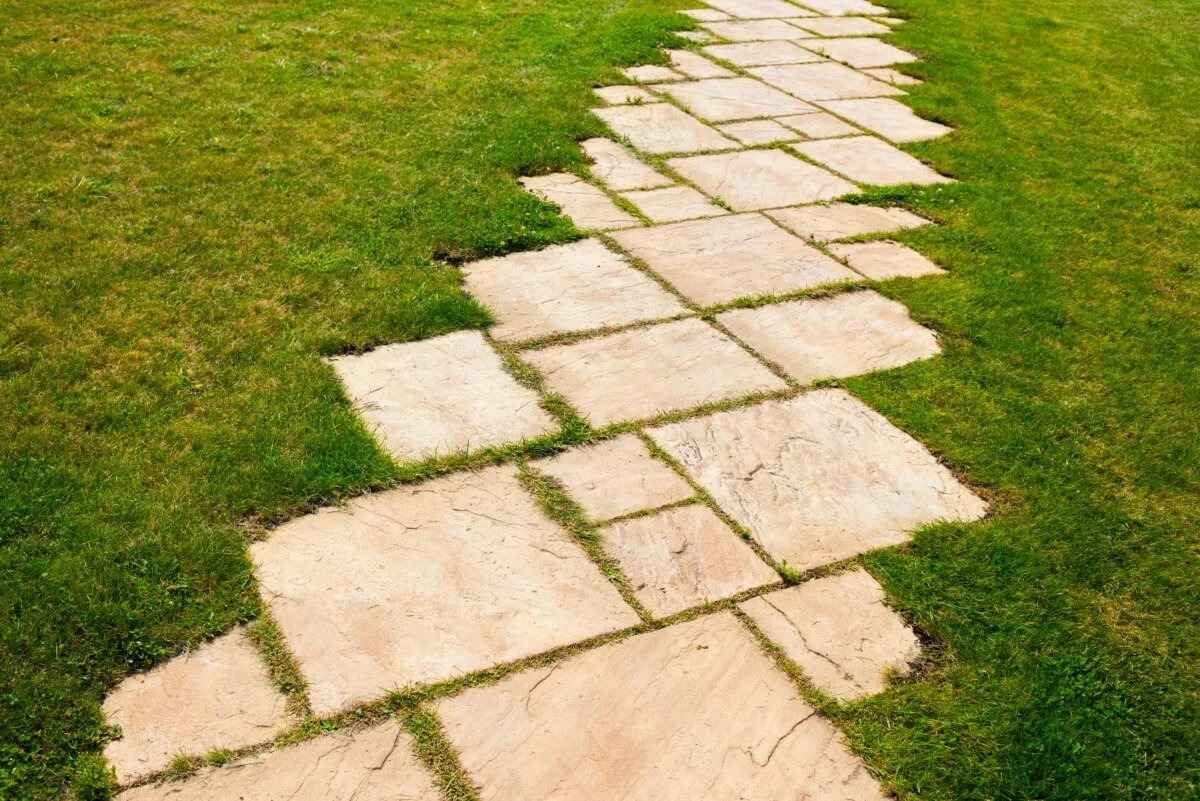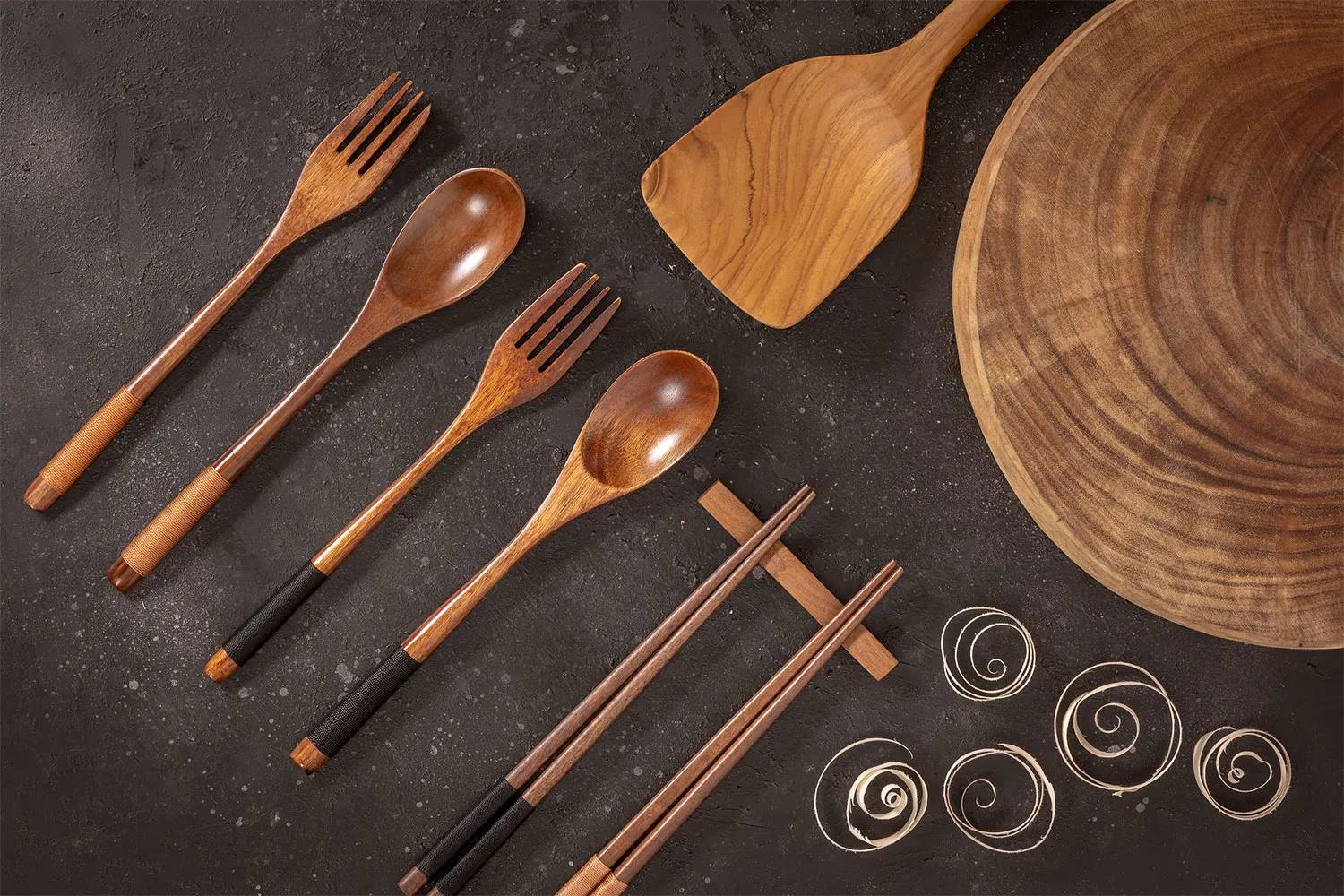Home>Create & Decorate>DIY & Crafts>Hari Kuyo: Honoring Broken Needles With Tradition
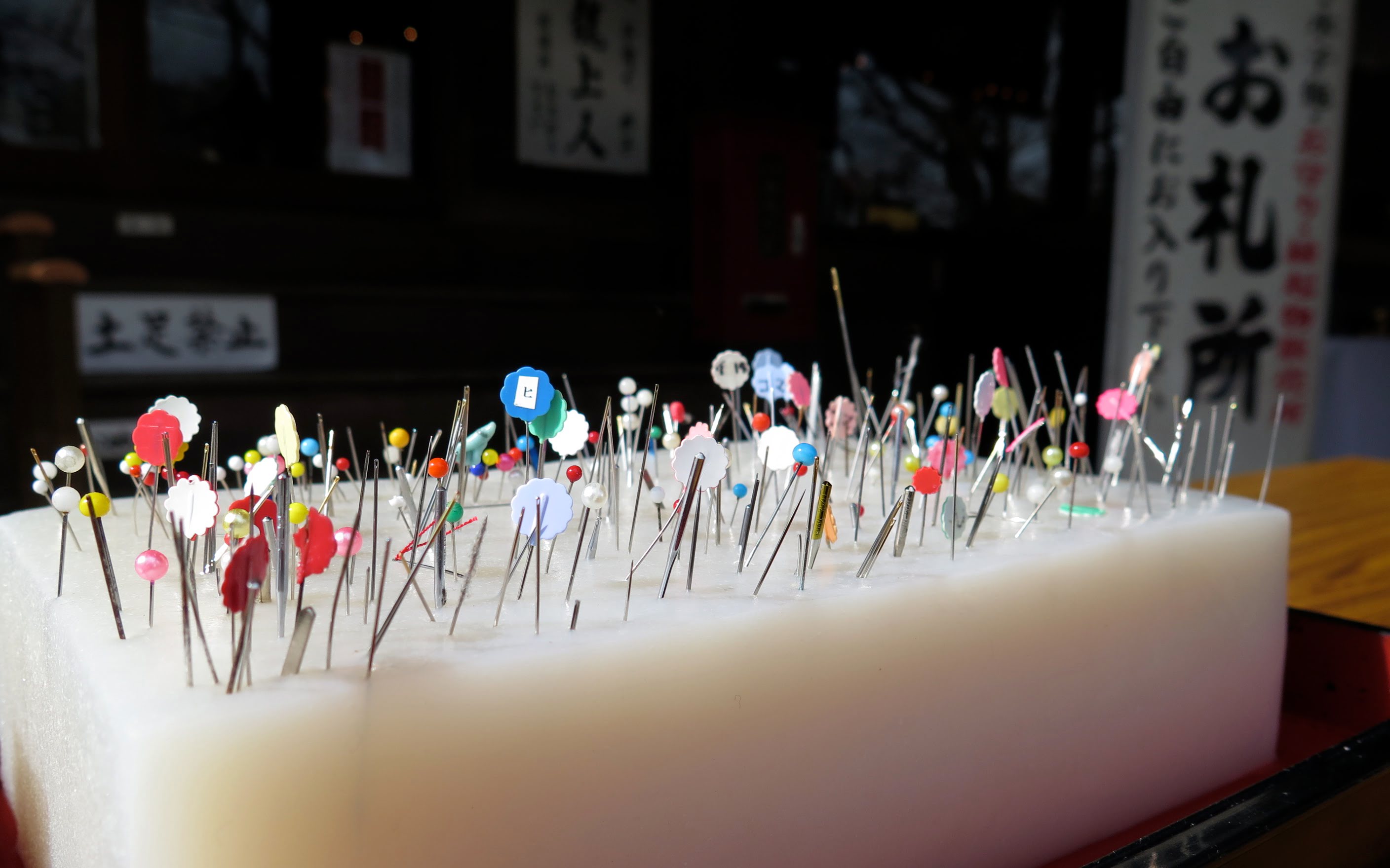

DIY & Crafts
Hari Kuyo: Honoring Broken Needles With Tradition
Published: February 15, 2024

Content Creator specializing in woodworking and interior transformations. Caegan's guides motivate readers to undertake their own projects, while his custom furniture adds a personal touch.
Discover the ancient Japanese tradition of Hari Kuyo, honoring broken needles, and learn how to incorporate it into your DIY & Crafts practice. Celebrate the art of needlework with this unique cultural tribute.
(Many of the links in this article redirect to a specific reviewed product. Your purchase of these products through affiliate links helps to generate commission for Twigandthistle.com, at no extra cost. Learn more)
Introduction
Hari Kuyo, a traditional Japanese ceremony, is a time-honored practice that pays homage to broken and worn-out sewing needles. This unique and culturally rich observance holds a special place in the hearts of many artisans, particularly those involved in sewing, embroidery, and other needlework crafts. The roots of Hari Kuyo run deep, intertwining history, tradition, and reverence for the tools of the trade.
The significance of Hari Kuyo extends beyond the mere disposal of old needles; it embodies a profound respect for the craft itself. As we delve into the history and customs surrounding this ritual, we gain insight into the deep-seated cultural values that have sustained this tradition for centuries. From its origins to its modern-day observance, Hari Kuyo serves as a poignant reminder of the dedication and artistry inherent in the world of needlework.
The practice of Hari Kuyo offers a glimpse into the intricate tapestry of Japanese culture, where even the most mundane objects are imbued with meaning and respect. As we explore the various facets of this time-honored tradition, we come to appreciate the profound connection between artisans and their tools, and the enduring legacy of craftsmanship that transcends time and borders.
Read more: How To Build Steps With Pavers
The History of Hari Kuyo
Hari Kuyo, also known as the Festival of Broken Needles, traces its origins back to the Asuka period in Japan, which spanned from 538 to 710 AD. During this time, sewing and embroidery held significant cultural and religious importance, with women often creating intricate textiles for religious ceremonies and daily life. Needles, as essential tools for these crafts, were revered as symbols of creativity and skill.
The tradition of Hari Kuyo is believed to have originated in the imperial court, where the Empress and her courtiers would partake in needle disposal ceremonies. These rituals were conducted to express gratitude for the service rendered by the needles and to honor the spirits of the needles, known as "hari no kami" in Japanese folklore. The concept of animism, which attributes spirits to inanimate objects, played a central role in the reverence shown towards the needles.
Over time, the observance of Hari Kuyo expanded beyond the imperial court and permeated through various strata of Japanese society. It became a customary practice among seamstresses, embroiderers, and other artisans who relied on needles for their craft. The ritual evolved into a communal event, where practitioners would gather to collectively express appreciation for their worn-out needles.
As the Edo period (1603-1868) dawned, the significance of Hari Kuyo continued to grow. The philosophy of "mottainai," which conveys a sense of regret over waste and an appreciation for the value of resources, became intertwined with the observance. This ethos further elevated the ritual, emphasizing the importance of mindful consumption and respect for the tools that facilitated creative expression.
Throughout its history, Hari Kuyo has weathered the tides of societal change and modernization, remaining a steadfast tradition that honors the legacy of needlework. Today, the observance of Hari Kuyo serves as a poignant reminder of the enduring bond between artisans and their tools, preserving the cultural heritage and reverence for craftsmanship that has defined Japanese needlework for centuries.
The Significance of Honoring Broken Needles
The act of honoring broken needles holds profound significance within the context of Japanese culture and the world of needlework. At its core, Hari Kuyo embodies a deep reverence for the tools of the trade and the craftsmanship they represent. The ritual of paying homage to worn-out needles is a testament to the enduring connection between artisans and their tools, transcending the physical act of sewing to encompass a spiritual and cultural dimension.
Broken needles, though seemingly mundane, carry the weight of countless stitches, each representing the labor, creativity, and dedication of the artisans who wielded them. By acknowledging the service rendered by these needles, practitioners express gratitude for the role they played in bringing intricate designs and garments to life. This act of gratitude extends beyond the physical attributes of the needles to encompass the intangible essence of creativity and skill they symbolize.
Furthermore, the observance of Hari Kuyo underscores the ethos of sustainability and mindful consumption. The concept of "mottainai," which encapsulates a sense of regret over waste and a reverence for the value of resources, permeates the ritual. By honoring broken needles, artisans embrace the philosophy of cherishing and making the most of every resource, no matter how small or seemingly insignificant. This mindful approach to consumption aligns with the broader cultural values of frugality and respect for the materials that sustain the craft.
Moreover, the significance of Hari Kuyo extends to the spiritual realm, rooted in the animistic beliefs prevalent in Japanese folklore. The notion of "hari no kami," or the spirits of the needles, underscores the reverence shown towards these tools. The act of laying the broken needles to rest in a designated receptacle, often a block of tofu or jelly, is a symbolic gesture of returning the spirits of the needles to a place of honor. This spiritual aspect of the ritual reflects a deep-seated cultural connection to the animate and inanimate, where even everyday objects are imbued with significance and respect.
In essence, the significance of honoring broken needles through Hari Kuyo transcends the physical act of disposing of worn-out tools. It encapsulates a profound appreciation for the artistry, dedication, and cultural values inherent in the world of needlework, serving as a poignant reminder of the enduring bond between artisans and their craft.
How Hari Kuyo is Celebrated
The observance of Hari Kuyo is marked by a series of rituals and customs that reflect the deep reverence and cultural significance attributed to broken needles. This time-honored ceremony, typically held on February 8th, unfolds in a manner that pays homage to the legacy of needlework and the tools that enable it. The following details shed light on the traditional practices associated with Hari Kuyo:
1. Preparation and Reflection
Leading up to the day of Hari Kuyo, artisans gather their worn-out needles, carefully collecting them from sewing cushions, pincushions, and other receptacles where they have faithfully served. This process of gathering the broken needles is accompanied by a spirit of reflection, as practitioners contemplate the countless stitches and creations that these needles have contributed to. It is a moment of introspection, acknowledging the labor and artistry woven into each needle's service.
2. Communal Gatherings
On the day of Hari Kuyo, artisans come together in communal spaces, such as temples, shrines, or designated needle shops, to partake in the ceremony. The gathering of practitioners fosters a sense of community and solidarity, as individuals from diverse backgrounds unite to honor their craft and the tools that sustain it. This collective observance underscores the shared reverence for needlework and the cultural heritage it embodies.
3. Ritual Offerings
Central to the Hari Kuyo ceremony is the act of offering the broken needles to the spirits, known as "hari no kami," in a designated receptacle. Traditionally, a block of tofu or konnyaku (a type of jelly) serves as the vessel for these offerings. As artisans place their worn-out needles into the tofu or jelly, they express gratitude and reverence, symbolically returning the spirits of the needles to a place of honor. This ritual act is imbued with solemnity and respect, underscoring the spiritual and cultural dimensions of the observance.
4. Prayers and Blessings
During the ceremony, prayers and blessings are offered to honor the legacy of needlework and seek divine favor for the craft. Participants express their aspirations for skillful craftsmanship, creativity, and the preservation of the artisanal traditions that have endured through generations. These prayers serve as a poignant reminder of the interconnectedness between the artisans, their tools, and the broader cultural tapestry in which they are woven.
5. Symbolic Gestures
As the ceremony unfolds, symbolic gestures, such as incense offerings and the lighting of candles, further enrich the atmosphere with reverence and solemnity. These acts symbolize the illumination of the artisans' path, the purification of their craft, and the enduring legacy of needlework. Each gesture carries profound meaning, underscoring the spiritual and cultural dimensions of Hari Kuyo.
Read more: How To Build A Fire Pit With Bricks
6. Commemoration and Renewal
Through the observance of Hari Kuyo, artisans commemorate the service of their broken needles while embracing the spirit of renewal. The ceremony serves as a poignant reminder of the impermanence of tools and the enduring legacy of craftsmanship. It inspires practitioners to approach their craft with renewed vigor and appreciation, fostering a sense of continuity and reverence for the artistry embedded in needlework.
In essence, the celebration of Hari Kuyo is a multifaceted tapestry of rituals, reflections, and communal expressions of reverence. It encapsulates the profound cultural and spiritual significance attributed to broken needles, serving as a testament to the enduring bond between artisans, their craft, and the tools that sustain their creative endeavors.
Modern Observance of Hari Kuyo
In contemporary times, the observance of Hari Kuyo continues to resonate deeply within the hearts of artisans and needlework enthusiasts, evolving to embrace modern expressions while preserving the timeless reverence for craftsmanship. The modern observance of Hari Kuyo reflects a harmonious blend of tradition and innovation, underscoring the enduring legacy of needlework in a rapidly changing world.
In today's digital age, the spirit of Hari Kuyo transcends geographical boundaries, resonating with artisans and craft enthusiasts around the globe. The widespread connectivity facilitated by social media and online communities has engendered a virtual space for practitioners to come together and honor the tradition of Hari Kuyo. Through digital platforms, artisans share their reflections, photos of their broken needles, and stories of gratitude, fostering a sense of global camaraderie rooted in the reverence for the tools of their trade.
Furthermore, the modern observance of Hari Kuyo has found resonance in the realm of sustainability and mindful consumption. As the world grapples with environmental challenges, the ethos of "mottainai" embedded in Hari Kuyo aligns with contemporary movements advocating for responsible resource utilization. Artisans and craft communities are increasingly embracing the principles of upcycling and repurposing, finding creative ways to give new life to worn-out needles while paying homage to their service.
In addition, the observance of Hari Kuyo has transcended its traditional settings, permeating into contemporary needlework spaces such as sewing studios, quilting circles, and embroidery workshops. Artisans gather in these modern settings to partake in the rituals of reflection, communal expressions of gratitude, and the symbolic laying to rest of broken needles. This modern adaptation of the ceremony underscores the enduring relevance of Hari Kuyo in nurturing a sense of community and shared reverence for the craft.
Moreover, the modern observance of Hari Kuyo has witnessed innovative interpretations, with artists and designers incorporating the essence of the tradition into their creative endeavors. From needle art installations that pay homage to the spirits of the needles to contemporary artworks that symbolize the interconnectedness of artisans and their tools, the tradition of Hari Kuyo continues to inspire fresh expressions of reverence and creativity.
In essence, the modern observance of Hari Kuyo embodies the resilience and adaptability of a time-honored tradition in the face of contemporary dynamics. It serves as a testament to the enduring relevance of craftsmanship, the interconnectedness of global artisan communities, and the timeless spirit of gratitude and reverence that transcends generations.
Conclusion
In conclusion, Hari Kuyo stands as a poignant testament to the enduring bond between artisans, their craft, and the tools that enable their creative expression. This time-honored tradition, rooted in the rich tapestry of Japanese culture, transcends the mere disposal of broken needles to embody a profound reverence for craftsmanship, sustainability, and communal solidarity.
The history of Hari Kuyo, dating back to the Asuka period, reflects the deep cultural significance attributed to needlework and the tools that facilitate it. From the imperial court to the broader strata of Japanese society, the observance of Hari Kuyo has evolved, weaving together animistic beliefs, communal gatherings, and the ethos of "mottainai" to form a tapestry of reverence and gratitude.
The significance of honoring broken needles through Hari Kuyo extends beyond the physical act of disposal. It encapsulates a deep appreciation for the artistry, dedication, and cultural values inherent in the world of needlework. The ritual serves as a poignant reminder of the enduring connection between artisans and their tools, fostering a sense of continuity and reverence for the craft.
The observance of Hari Kuyo unfolds through a series of rituals and communal expressions of reverence, from the gathering of worn-out needles to the offering of prayers and blessings. These practices underscore the spiritual and cultural dimensions of the tradition, fostering a sense of renewal and continuity within the artisan community.
In modern times, the observance of Hari Kuyo has evolved to embrace contemporary expressions while preserving its timeless reverence for craftsmanship. Through digital platforms, sustainability initiatives, and innovative interpretations, the tradition continues to resonate with artisans and craft enthusiasts worldwide, fostering a sense of global camaraderie rooted in the shared reverence for the tools of their trade.
In essence, Hari Kuyo serves as a bridge between the past and the present, embodying the enduring legacy of needlework and the timeless spirit of gratitude and reverence that transcends generations. As artisans gather to honor their broken needles, they weave a tapestry of tradition, creativity, and cultural heritage, fostering a sense of interconnectedness that transcends borders and celebrates the enduring legacy of craftsmanship.






